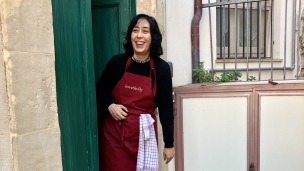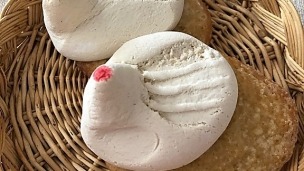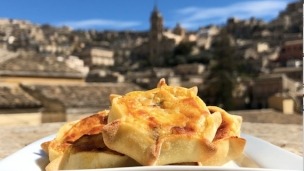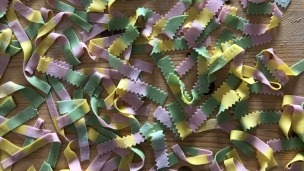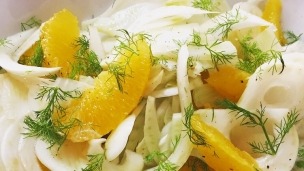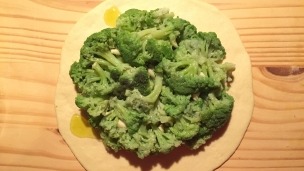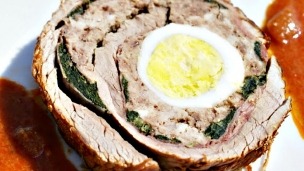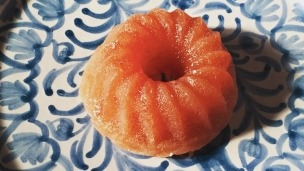The Monzu - Great masters of Sicilian Baroque cuisine: Luigi Maddi
When approaching Sicilian cuisine, you often hear about the distinction between simple, traditional people recipes in contrast to the rich, aristocratic cuisine of the Monzu. This term is a corruption of the French word "monsieur" and indicates the chefs employed in the homes of Sicilian and Neapolitan aristocratic families at the beginning of the 18th century.
Their cuisine, often referred to as "cucina baronale", flourished up until the middle of the 20th century. Initially, the term indicated only French chefs, like for example monsieur Robert "maestro di bocca" of Gioacchino Murat, but later it was extended to all chefs influenced by French cuisine.
Many articles about Sicilian food mention the Monzu, cooking school's teachers and famous Sicilian chefs often refer to their amazing contribution to Sicily's culinary art, but you rarely find specific information about them, for example names, biography or recipes.
This is why I decided to dedicate some space to them on this blog, starting with Luigi Maddi who was one of the best Monzu and received praises even by Georges Auguste Escoffier, legendary French chef, restaurateur and culinary writer.
Maddi was born in Catania in 1860 and trained under the guidance of Casimiro Urna, who directed the kitchen of Prince Manganelli. He worked for various aristocratic families starting as sous-chef of Giuseppe Celso for Prince d'Emmanuel, run the kitchen of the Grand Hotel Central de la Couronne for the Pappalardi Brothers, then worked for Antonio Spitaleri, Baron of Muglia who is famous for having started the production of Etna champane.
Later on he worked abroad following the Duke of Palazzo, and in 1904, when he returned to Sicily, he was employed by Baron Cerami.
He collaborated regularly with Italian food magazines of the time and published some of his recipes even in the French magazine "La cuisine Francaise et Etrangere" between 1902 and 1904.
Here you have one of his recipes, a classic Sicilian "Cedrata" which is a typical Christmas sweet, published in "Rivista Italiana d'Arte Culinaria" in 1905.
Grate the peal of some large citrons, like the wonderful ones Sicily produces and are in the local market with the name of "piretti", using a grating board with large holes.
Place the rinds under running water to get rid of their bitterness and leave them to soak for a few days. Then take them out of the water, drain and place in the oven at a low temperature to dry. When the rinds are completely dry, place some honey in a pot and let it reduce while stirring. When the honey begins to boil add the necessary quantity of citron's rinds until you get an even consistency and let it cook until the honey reach its "separation point".
Finally, pour the mixture onto an oiled marble surface and start giving it the desired shape like hearts, cakes, leaves, etc. Once it gets cold, it is ready and can be decorated with sugar or glazed flowers.
(My own translation from a Luigi Maddi recipe in "Rivista Italiana d'Arte Culinaria" Milan, October 30, 1905)
Cedrata is still made in Sicily, but mostly by Dolcerie (confectionery shops). It is one of Sicilian typical nougats, usually served after dinner during Christmas celebrations, like: cubaita (sesame nougat), croccante di mandorle,torrone bianco, aranciata (with orange peal and honey).
